Sawfish scientists unite
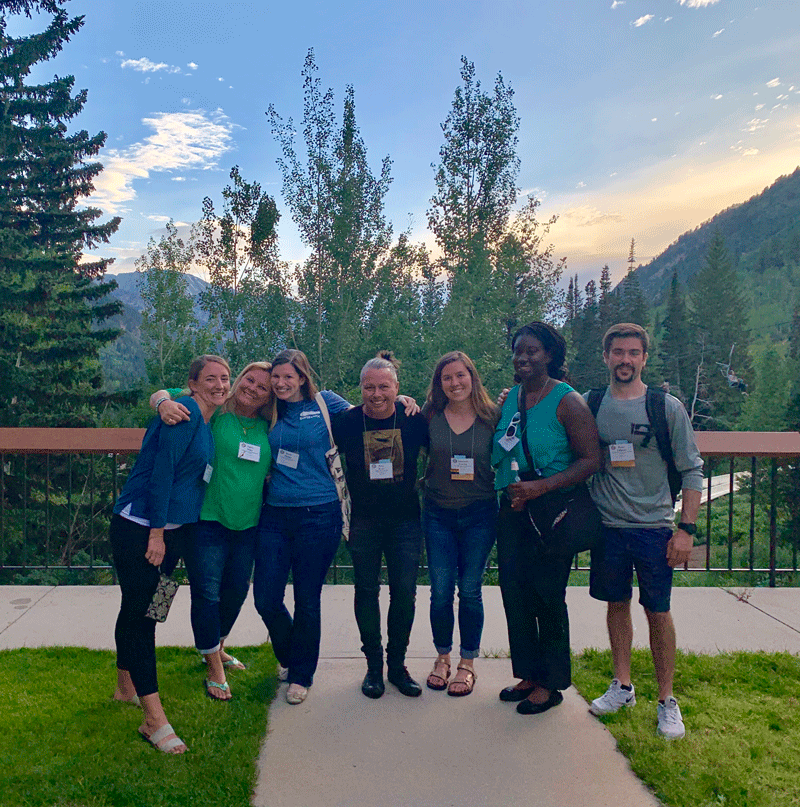
SawSearch scientists unite at the American Elasmobranch Society conference in Utah. Photo © Beth Deacy
In previous blogs, we have highlighted the vital role museum and private collections play in our research. As much as Annmarie and I would love to travel the world collecting data and tissue samples from the sawfish saws held in all of these collections, this is just not feasible. This is where our network of shark and ray scientists comes in. Our network of collaborators helps us by finding and collecting tissue samples from sawfish saws all around the world.
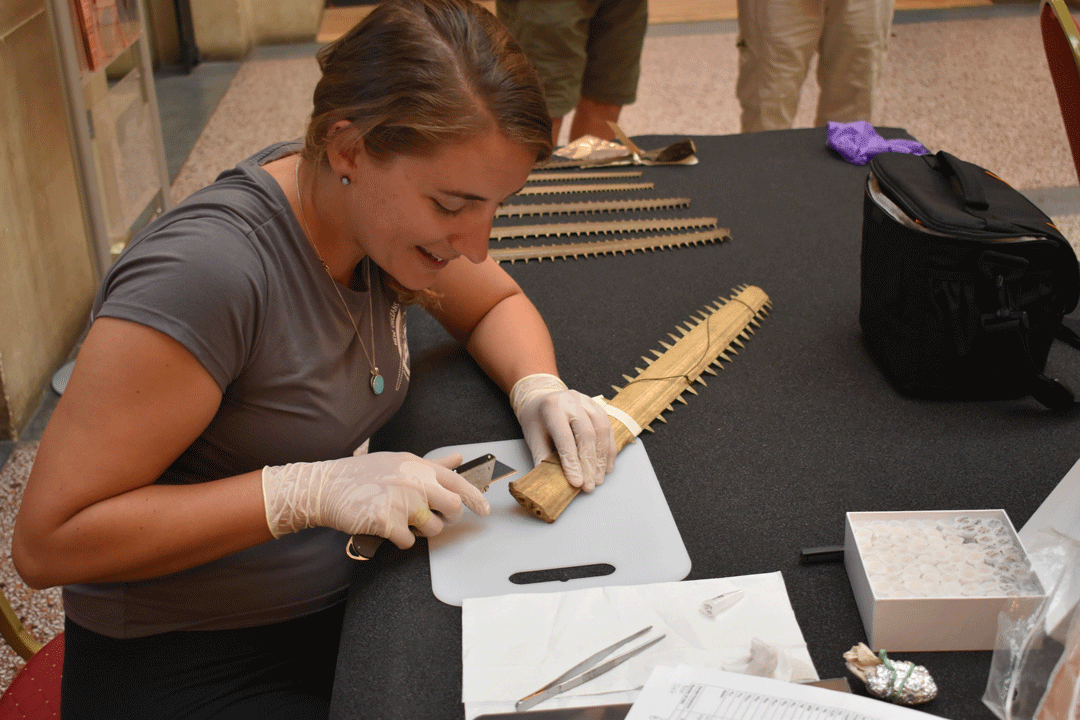
Kelcee Smith, from Louisiana State University, samples a Narrow Sawfish saw at the Bristol Museum in the U.K. Kelcee is our SawSearch Partner; we have travelled together throughout the U.S. and U.K. on a mission to find sawfish saws and educate the public about the plight of sawfish. Photo © Annmarie Fearing
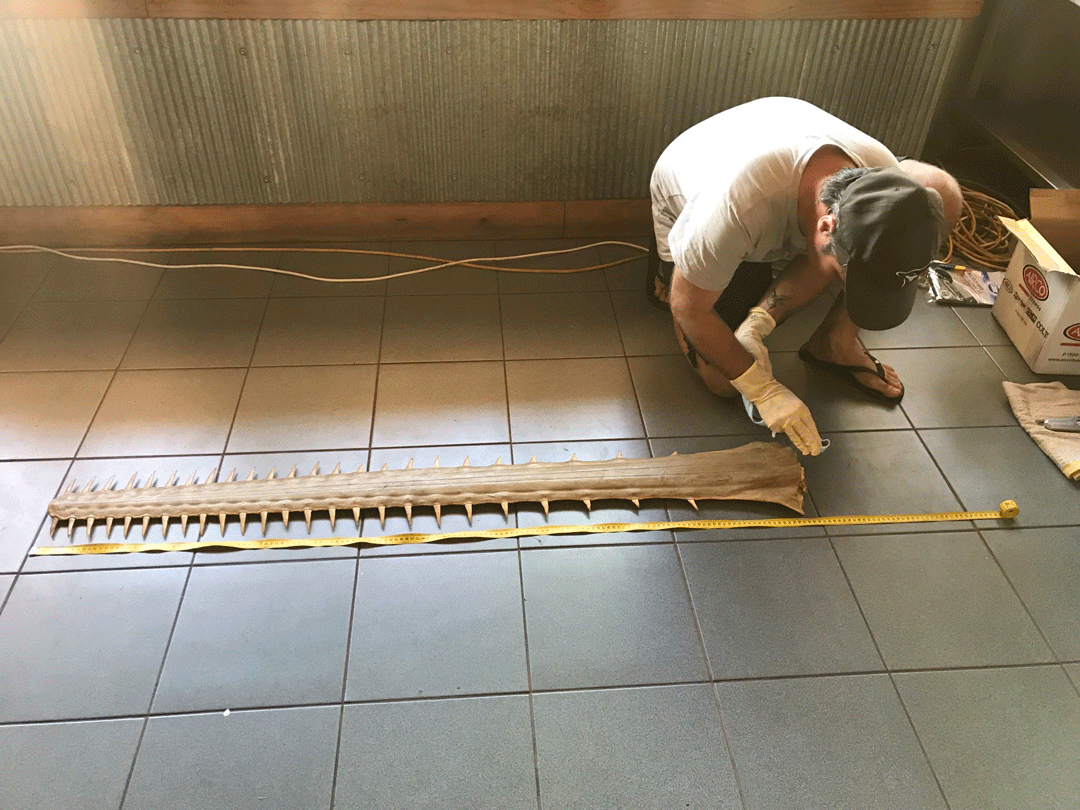
Peter Kyne from Charles Darwin University collects a tissue sample from a Green Sawfish saw in Australia. Peter hosted and supported Annmarie while she was in the NT for SawSearch 2019, helping her collect almost 100 samples. Photo © Christy Davies
Over the past few years, almost two dozen scientists, most of whom are sawfish researchers, have been collecting data and tissue samples from sawfish saws for our research in locations such as the U.S., Mexico, Belize, U.K., Germany, Switzerland, U.A.E., Singapore, Papua New Guinea, and Australia. These scientists take time away from their own research to contribute to ours; more than happy to help contribute to another research project on sawfish.
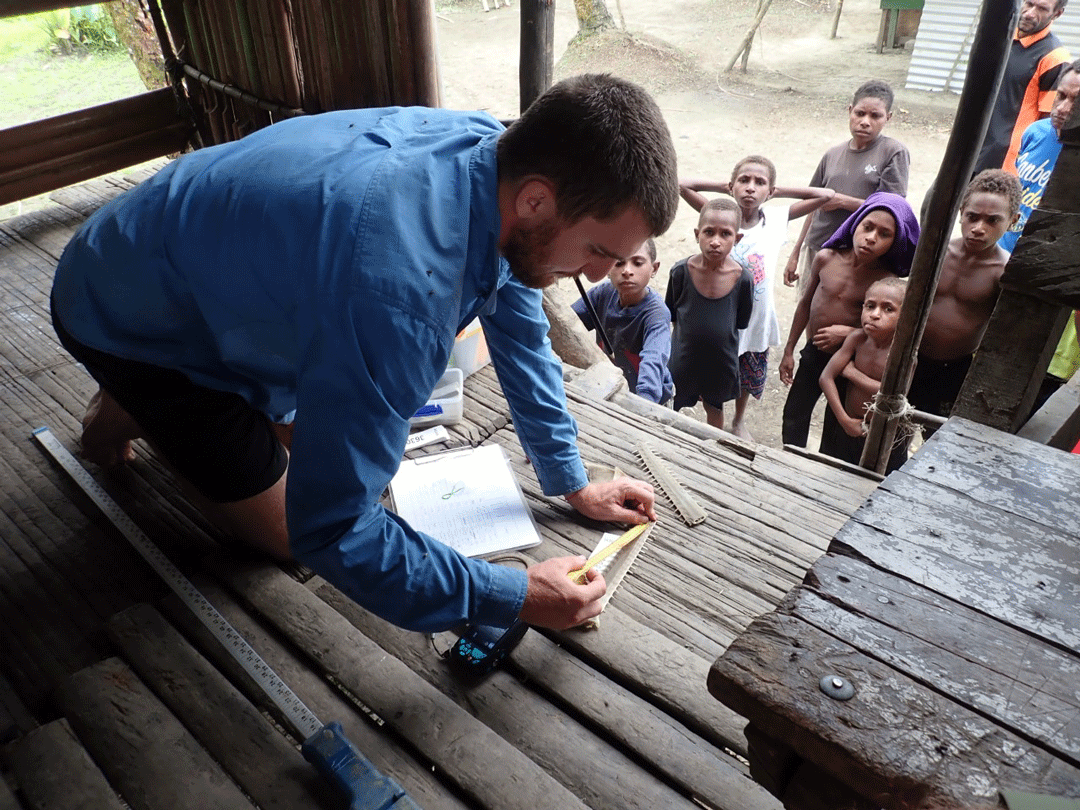
Mick Grant from James Cook University collecting a tissue sample from a Largeooth Sawfish saw in Papua New Guinea. Mick has collected samples from more than 50 saws in PNG for this project, helping us fill an important gap in our sampling. Photo © Matthew Young
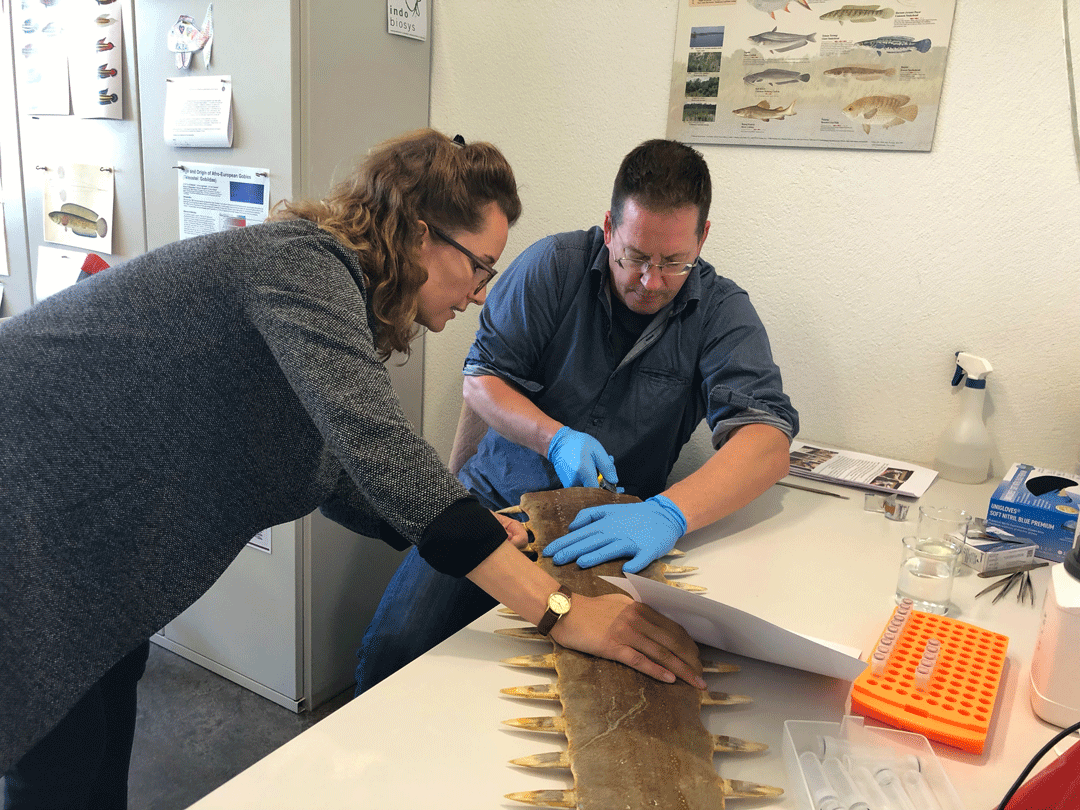
Ornella Weideli (University of Perpignan, France and the Save Our Seas Foundation D’Arros Research Centre, Seychelles) and Lukas Ruber (Natural History Museum Bern) sample a Largetooth Sawfish at the museum in Bern Switzerland. We just met Ornella at the American Elasmobranch Society meeting in Utah in July 2019 and she and Lukas have already sampled over 20 sawfish saws for this project! Photo © Lea Röthlisberger
Through these collaborations, we have been able to achieve more robust sample sizes to address our research questions. We also have samples from locations we did not think possible. Without the support of other scientists, this research would be much more difficult, if not impossible. Collaboration in research is now more important than ever. We are all trying, in our own way, to tackle issues that are bigger than the achievements of any individual researcher. Strong collaborative relationships, such as our “SawSearch” network, allow us to do better science, creating the capacity for a greater impact in sawfish conservation.

Cat Gordon from the Shark Trust UK collecting a tissue sample from a sawfish saw. Cat joined our SawSearch UK team, helping us collect samples and conduct outreach events. Since we left the UK, Cat has continued to be our local collaborator, collecting tissue samples for our project for over a year now. Photo © Shark Trust

Madie Cooper (James Cook University) poses with some impressively large sawfish saws at the Lee Kong Chain Natural History Museum at the National University of Singapore. Madie was conducting her eDNA fieldwork in SE Asia at the time and managed to fit in a visit to the museum to collect samples from saws from key locations for our project. Photo © Leah Carr
